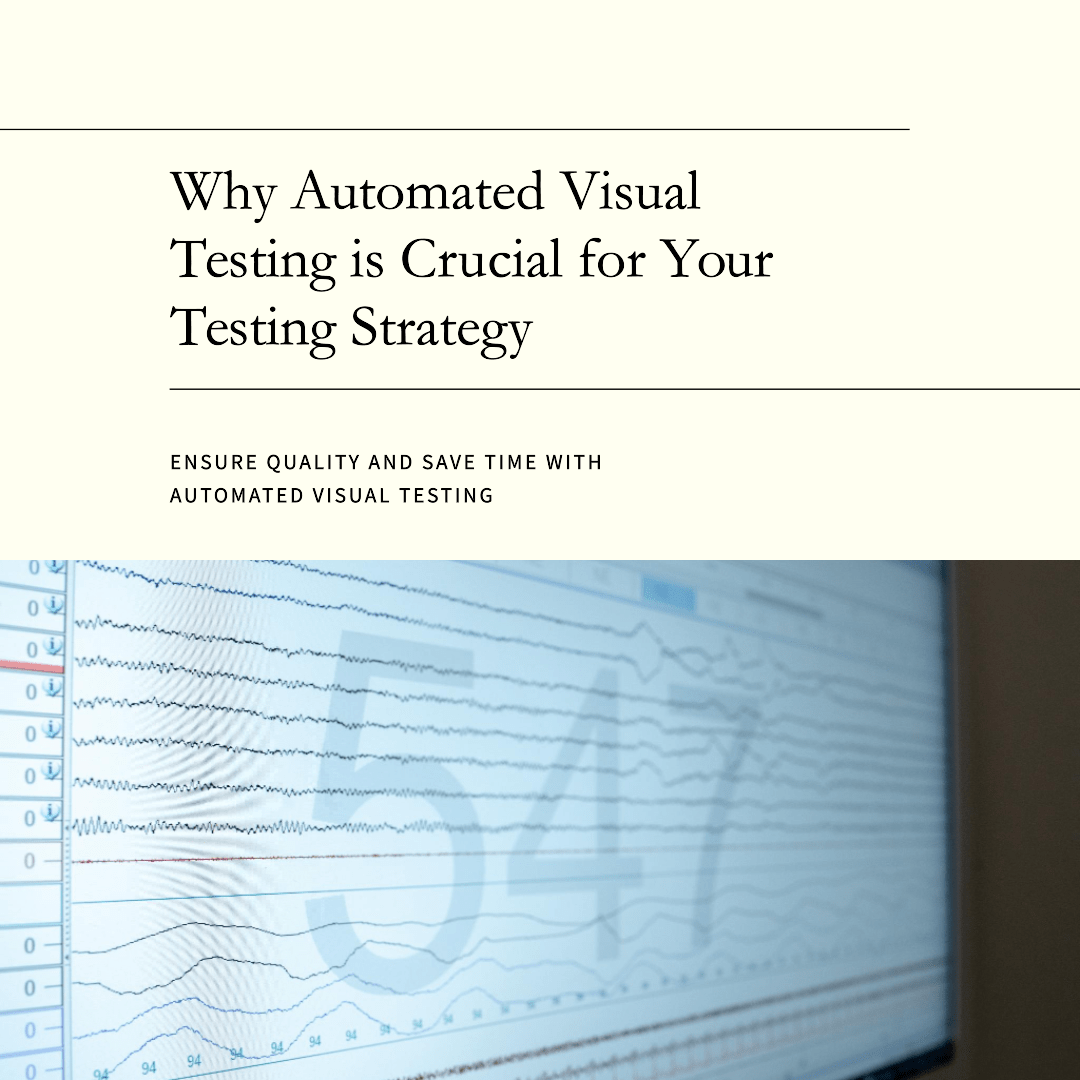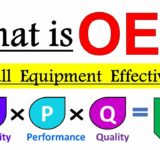In software development, it is necessary to incorporate automated visual testing into your testing approach. Utilizing tools to evaluate your application’s visual elements automatically can ensure that it appears as intended across various devices and browsers. This testing is essential since it speeds up time and effort-saving development by identifying aesthetic flaws early on. We’ll go into the importance of testing in this post, highlighting the function of automated visual testing. By using this strategy, you’ll improve the quality of your program while offering a smooth user experience and lowering the likelihood that your end users may encounter visual difficulties.
The Basics of Automated Visual Testing
One of the most important stages of software development is automated visual testing. It centers on examining an application’s visual components to ensure they adhere to design specifications. Automated visual testing is programmatically assessing visual elements to see whether they adhere to intended designs. It helps to provide consistent user experiences and find UI regressions. Unlike traditional testing, which verifies functionality, automated visual testing especially targets visual representation. It boosts overall test coverage and supports functional testing. Screenshots taken at the beginning of the process are used to create checkpoints and compare photographs to look for differences. Functionize, Selenium, Puppeteer, and Cypress are a few notable tools. These specialized visual testing automation tools make the process more efficient by enabling developers to perform tests automatically, minimize human labor, and ensure visual integrity throughout the product life cycle.
Advantages of Automated Visual Testing
Numerous benefits of automated visual testing can greatly improve software testing procedures. Some of them consist of:
Enhanced test coverage and accuracy
Improved test accuracy and coverage offered by automated visual testing help to fully identify and fix any possible flaws. As a result, the program’s overall quality under test is improved.
Faster detection of visual defects
Another noteworthy benefit is that automated visual testing may find visual flaws far more quickly than manual testing techniques. The speedier problem fixes made possible by this expedited defect detection procedure result in a more effective development cycle.
Cost and time savings
In addition to speed, automated visual testing has many cost and time savings advantages. Teams may concentrate on other important activities, maximizing resources and lowering project costs, by automating repetitive and time-consuming visual checks.
Improved team productivity and collaboration
Additionally, the use of automated visual testing enhances team productivity and cooperation. Team members may focus on more inventive and complicated issues by automating monotonous processes, encouraging a collaborative and creative work atmosphere.
Integrating Automated Visual Testing Into Your Testing Strategy
A few measures must be taken to incorporate automated visual testing into your testing approach. Among these important actions are:
Identifying the best scenarios for visual testing
Finding appropriate settings for visual testing is important in the beginning. This entails choosing the software’s user interface elements that could most benefit from automated visual assessments.
Tools and framework selection
It’s essential to choose the appropriate frameworks and tools. Teams may ensure seamless and effective visual testing procedures and reap the advantages of automation by utilizing the right technology.
Test environment setup and management
Another important factor to think about is setting up the testing environment. The automated visual tests will run smoothly and produce reliable findings if the test environment is properly configured.
Defining metrics and evaluating strategies
It is vital to establish pertinent metrics for assessment to assess the success of the Automated Visual Testing method. The effectiveness of the testing process is evaluated overall using metrics like the defect detection rate and test execution time.
Overcoming Challenges in Automated Visual Testing
Additionally, there are difficulties associated with automated visual testing. Managing dynamic and responsive interfaces is one such problem. It needs careful planning and ongoing improvement to ensure the automated tests adjust to different screen sizes and resolutions. Another difficulty in Automated Visual Testing is handling sophisticated picture identification. To precisely detect and check visual features inside the program, reliable algorithms and image processing methods are required. Compatibility concerns with devices and browsers must also be resolved. Automated visual testing must work with various browsers and gadgets to achieve thorough test coverage.
Future Trends in Automated Visual Testing
The future potential for Automated Visual Testing is promising, thanks to AI and machine learning developments. The effectiveness of the testing process may be further increased by utilizing these technologies to improve the accuracy and effectiveness of automated tests. A promising trend that simplifies the software development and testing pipelines and supports continuous integration and delivery is the integration of visual testing with DevOps approaches.
Conclusion
Incorporating automated visual testing into testing procedures can result in numerous advantages, such as increased test coverage, quicker defect discovery, cost and time savings, and increased team productivity. Automated visual testing must succeed by overcoming dynamic interfaces, picture recognition, and compatibility obstacles. The benefits of Automated Visual Testing on software quality and development effectiveness will be amplified by embracing future trends like AI developments and DevOps integration.







